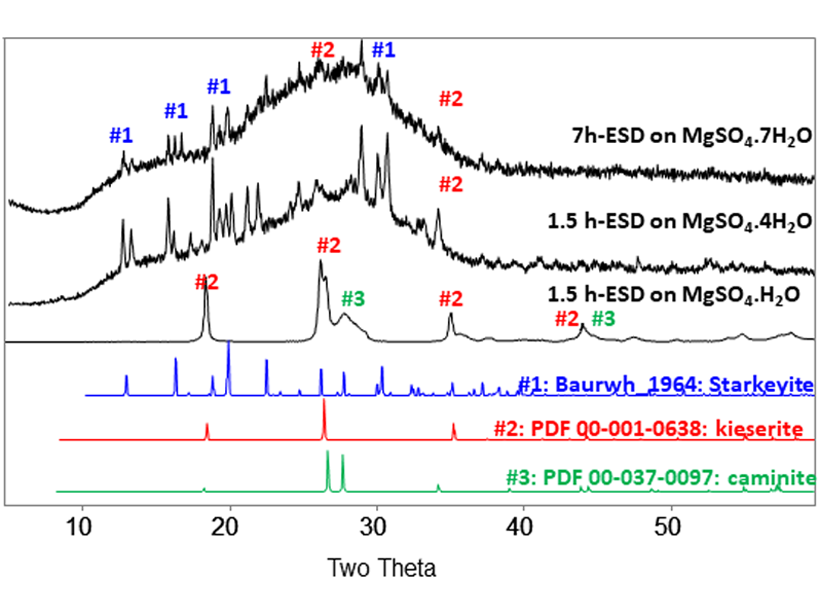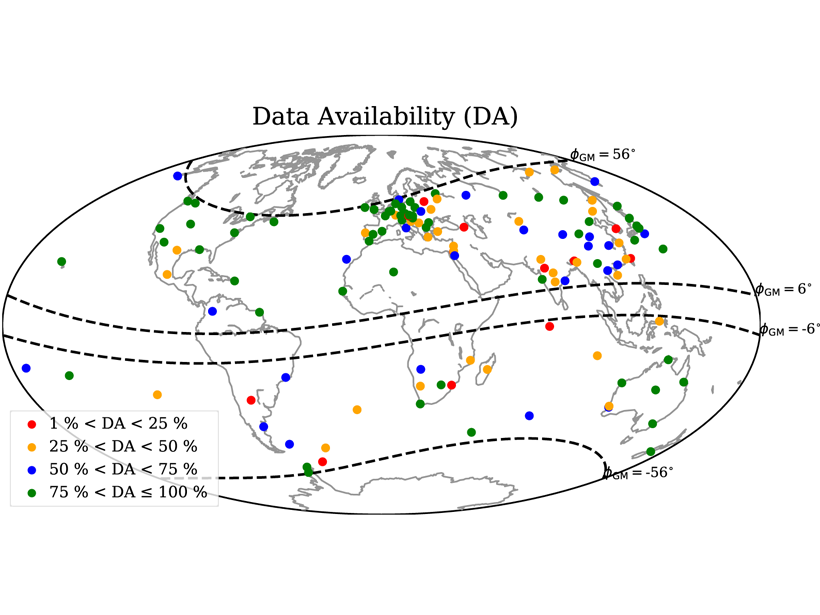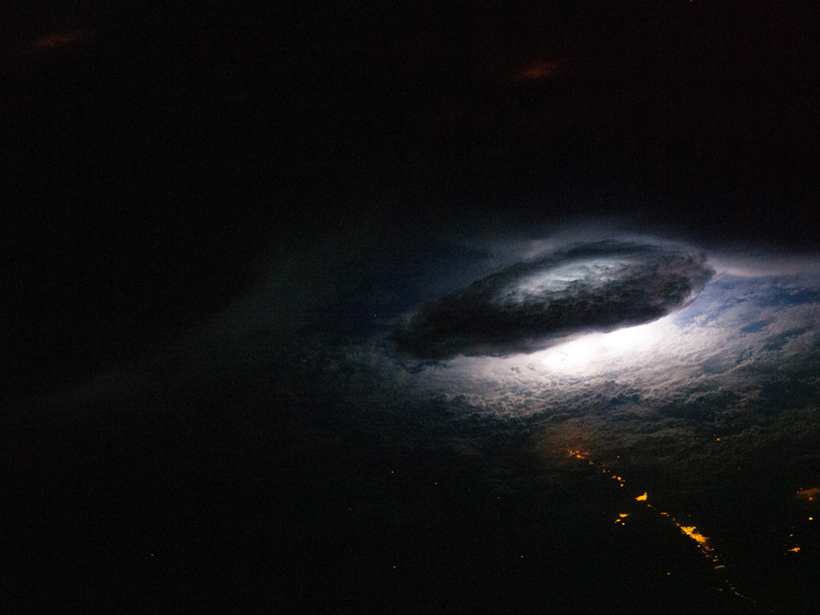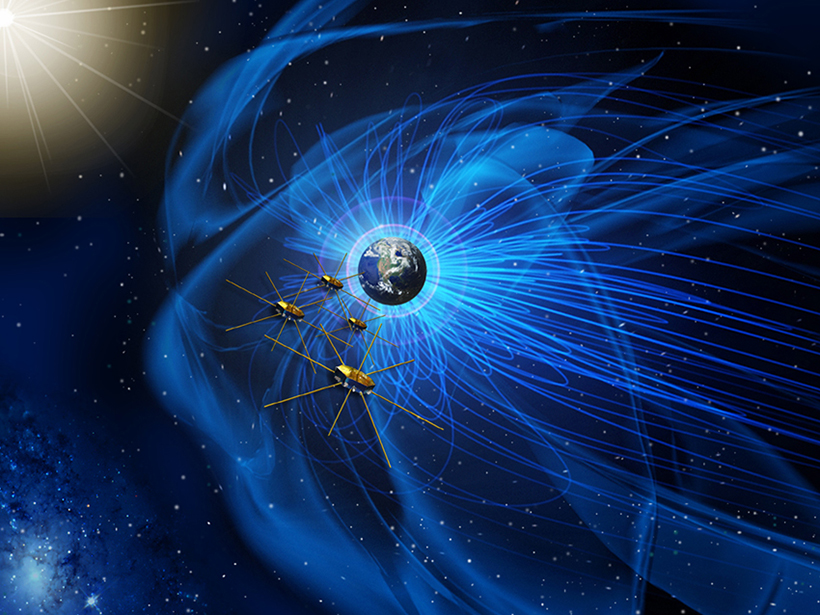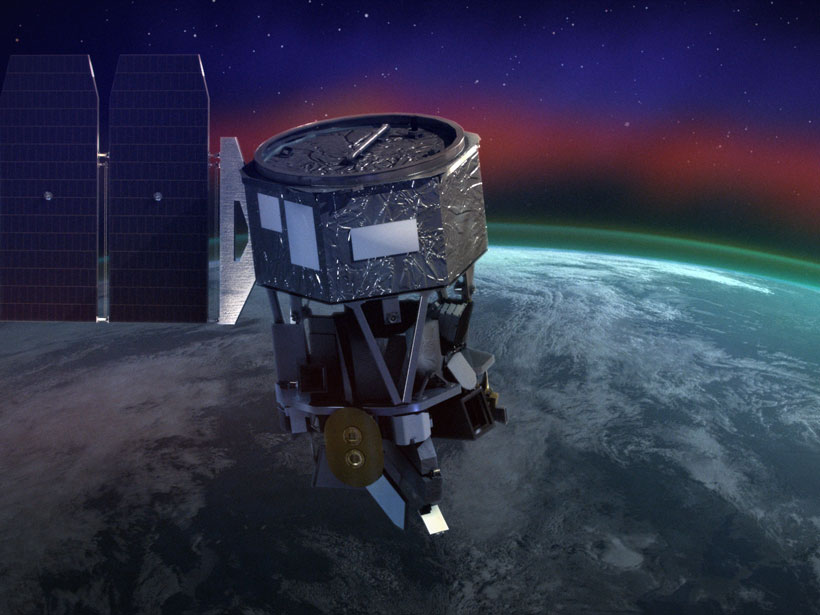Keri Nicoll received the 2020 Atmospheric and Space Electricity Early Career Award at AGU’s virtual Fall Meeting 2020. The award recognizes “significant contributions to atmospheric and space electricity science from honorees within 10 years of receiving their Ph.D. degree.”
electricity
Martian Dust Activities Induce Electrochemistry
Amorphous materials generated from sulfur and chloride salts by electrostatic discharge in a Mars chamber suggest widespread electrical processes during dust activities.
Rayos Planetarios: Misma Física, Mundos Distantes
Un rayo en el planeta Tierra necesita sólo algunos simples ingredientes para generar una chispa. Esos ingredientes existen en todo el sistema solar y más allá.
Is Space Weather Worse by the Sea?
A new simulation of space-weather driven geoelectric fields at the land/sea conductivity boundary shows how these fields are magnified by both coastal effects and inhomogeneous land conductivity.
Globally Variable Water Content in the Mantle Transition Zone
Using electromagnetic waves originating in the ionosphere and magnetosphere, conductivity profiles reaching the deep upper mantle show surprising variability in water content.
Studying Earth’s Double Electrical Heartbeat
Charged by thunderstorms and other weather phenomena, the global electrical circuit connects the entire planet.
Planetary Lightning: Same Physics, Distant Worlds
Lightning on Earth needs just a few simple ingredients to generate a spark. Those ingredients exist throughout the solar system and beyond.
Deciphering Electron Signatures in Earth’s Magnetic Tail
A new analysis of spacecraft data collected near the tip of Earth’s magnetotail sheds light on how geomagnetic activity affects the motion of electrons in this region.
How to Launch a Satellite During a Blackout
PG&E shut down the power to Berkeley’s Space Sciences Laboratory right before a satellite launch.
Charging Thunderclouds Affect Ionospheric Conductivity
As thunderstorm updrafts strengthen, electrification of clouds can heat the lower ionosphere, explaining prolonged disturbances to radio waves in the rarefied atmospheric layer.

